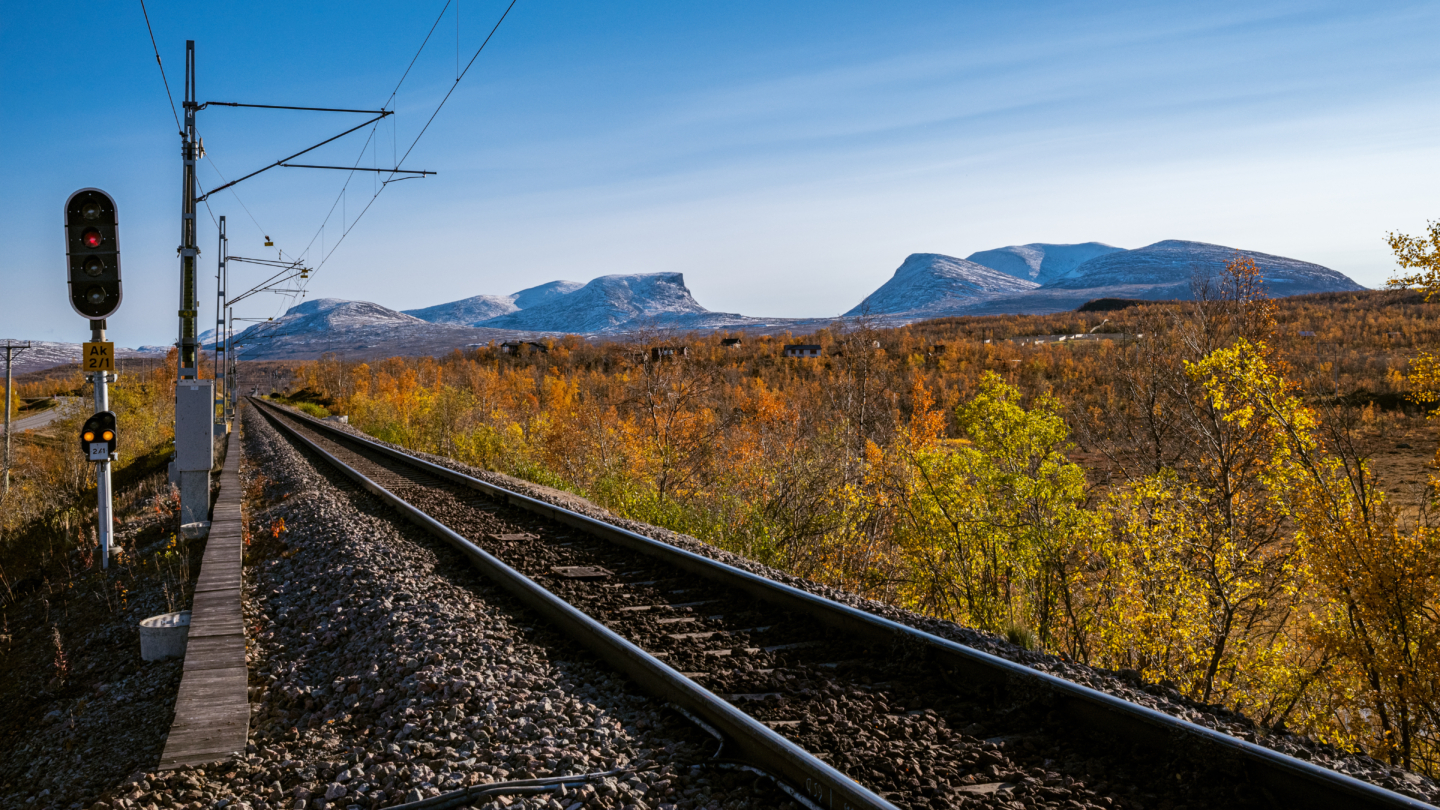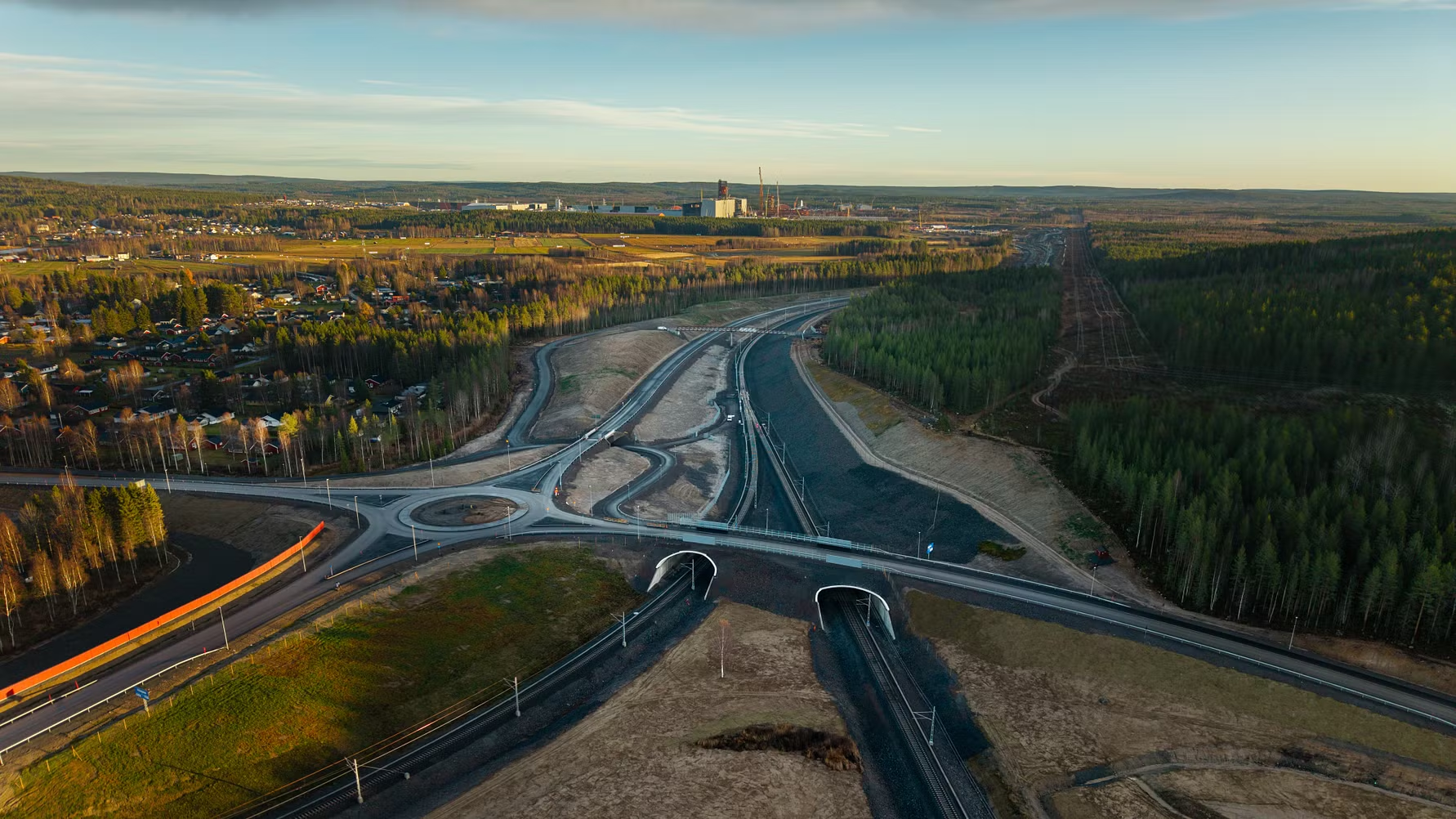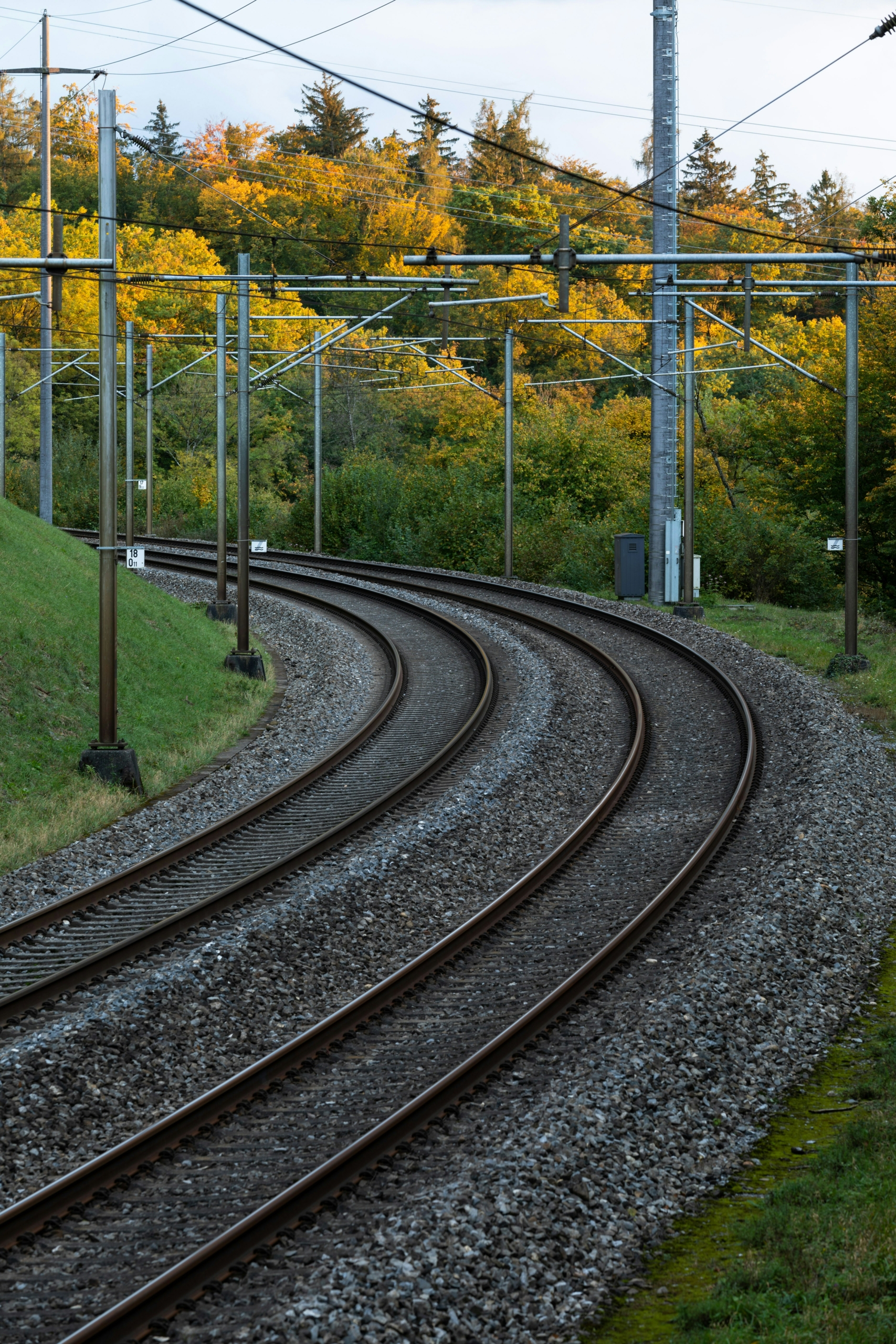
What will fuel the coming paradigm shift in Swedish infrastructure?
Change is on the horizon for infrastructure development in Sweden. Critical investments are long overdue, especially for railway infrastructure. Rail lines around the country are used to an extent far beyond when they were first built, and many of the nation’s train systems lack capacity. There’s an overall inability to meet the increasing transport needs of growing industries. But Sweden aims to adapt its approach to infrastructure development — both in response to national demands and a rapidly changing global landscape.
It’s a fundamental realignment that was put front and center in a seminar organized by Polar Structure for the 2025 edition of Almedalsveckan (Almedalen Week), Sweden’s biggest political forum. The hour-long event, entitled “Infrastructure for security, growth and resilience”, featured decision-makers from a variety of relevant sectors in a moderated discussion on conditions for improving Swedish infrastructure.
Long-term plans that lack flexibility
Polar Structure CEO Tobias Emanuelsson summed up the need for radical transformation early on in the conversation. “When it comes to infrastructure, I think Sweden has somewhat failed,” he said. “I don’t think there is a lack of will, but I think the ability to implement is clearly limited.”
Panelist Catharina Elmsäter-Svärd, who served as Sweden’s Minister for Infrastructure in the 2010s, traced the inaction to update Swedish railways to the national plan for infrastructure – which anticipates future needs, regulates maintenance debt, and so on.
“As the country, industry, and population grow, the infrastructure cannot keep pace, and this causes problems,” she explained. “You would need to make adjustments along the way to be able to constantly adapt to where the needs are greatest and the permits are ready. That has not been done for a long time.”
However, the consensus among those speaking at the seminar was that such issues would likely soon be a thing of the past. Sweden’s NATO membership is taking the need for solutions in developing railway and other infrastructure projects to a whole new level.
“There is a great deal of important infrastructure and terrain here that needs to be addressed”
Joining NATO was a game-changer for Sweden. According to Carl-Johan Edström, Chief of the Defence Staff for the Swedish Armed Forces, who was part of the panel discussion, it was especially transformative within the framework of collective defence.
“For Sweden, this has meant quite significant changes in how we view geography, particularly from a security policy perspective,” he told the audience. “There are many important infrastructures and terrains that need to be addressed — for example when it comes to railways.”
Membership in the military alliance means that Sweden will have to provide logistical support across the Scandinavian peninsula, mainly from west to east, and the Baltic Sea region. Edström explained that it will require further securing Swedish ports and airports, expanding fuel storage facilities, and closing gaps in the railway system.
As a result, the Swedish government is revising its current national plan for infrastructure and has begun crafting a new one. Another of the seminar’s panelists, Mattias Dejke, Security Director for the Swedish Transport Administration, also made clear that the development of potential infrastructure includes railway needs other than those related to NATO membership.
“We have a clear mandate to present proposals for dual-use, i.e., what can be used for both normal planning and military purposes,” said Dejke.
The need for new models of financing and implementation
A key part of the seminar highlighted another aspect that will be crucial for Sweden’s future infrastructure development: embracing novel approaches for funding and executing projects.
“There is a lot of talk about alternative financing, speeding up the pace, both in planning and implementation, and ultimately also resources for the actual construction,” said Dejke. “It has become even more important now that we are a member of NATO.”
The discussion looked at the current private-public partnership between Polar Structure and Boden municipality in northern Sweden as an example of such innovative frameworks in action. Thomas Fägerman, CEO of Boden Business Park, described how the partnership to build a new railway connecting an industrial area to the port in Boden came about. He also noted that while Polar Structure provides financing and perpetual ownership of the railway, the municipality maintains control. And the use of new strategies for simultaneous phases of planning and execution has allowed the project’s construction to move quickly and efficiently.
“We own land, we have planning conditions. If we can incorporate them into solutions in a smart way, we can be part of the system,” said Fägerman. “We may not be building a transnational railway, but we can definitely build the conditions in the local area.”
Furthermore, according to Emanuelsson, the benefits of projects like the one in Boden go far beyond local municipalities and can strengthen the entire railway system.
“If we expand the ancillary systems, we will cut unnecessary movements, streamline maintenance and ensure clearer lines between passenger and freight transport,” he said. “You can talk as much as you like about doing a project or solving something, but if there is no balance sheet to finance it, it will never happen.”
Related posts

Railway connection completed – driving Boden’s industrial future
Railway connection completed – driving Boden’s industrial future The new railway connection to Boden Industrial Park has been fully completed – one...
Read more
How Netmore is expanding its global influence while strengthening local impact
The Netmore Group often pitches its services as drivers for growth. The Polar Structure subsidiary specializes in enabling millions of wireless device...
Read more
The unique collaboration to fully harness Sweden’s upcoming Sydostlänken railway project
Southeastern Sweden will soon be more connected. In July of 2024, the Swedish government announced that planning had begun on a railway infrastructure...
Read more